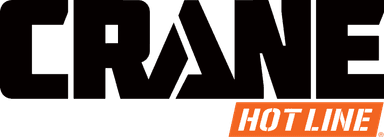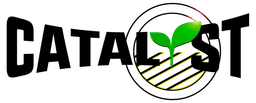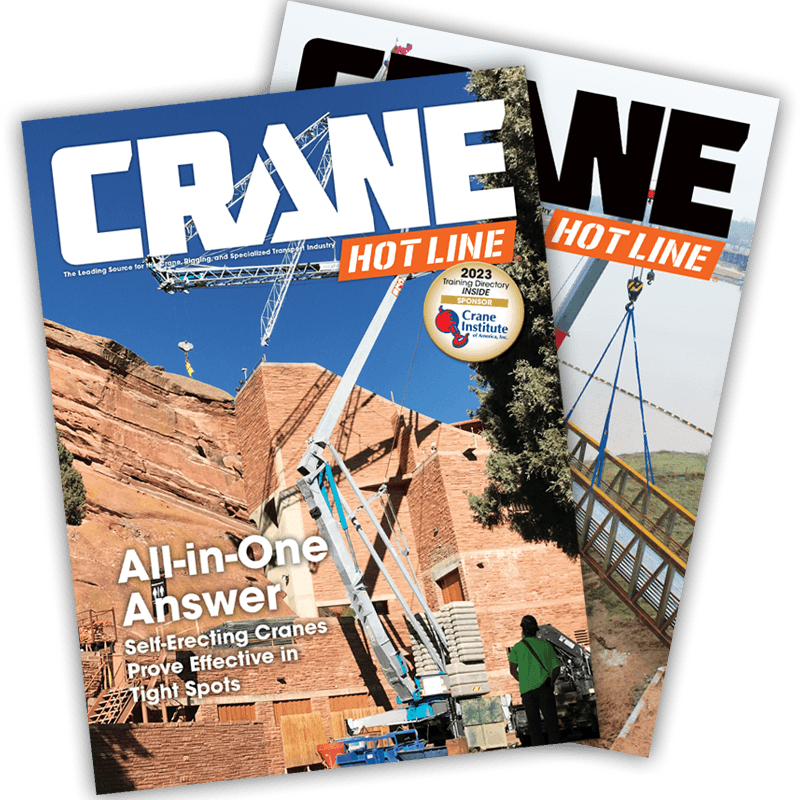Terex AWPs, Cranes Show Second Quarter Increases
July 26, 2007 • Terex Corporation,
“We are pleased with the strong performance of our overall business in the second quarter,” said Ronald DeFeo, Terex chairman and CEO. “Given our continued steps forward on internal improvements, combined with a global economy that we anticipate remaining strong for the foreseeable future, we remain positive in our outlook for Terex's financial performance.”
Tom Riordan, Terex president and chief operating officer, said that some of the company's challenges stem from supplier constraints on parts availability, and the sharp increase in global sales putting strain on its supply base. The company still expects a reduction in its level of inventory as the year progresses.
Net sales for the Terex Aerial Work Platforms segment for the second quarter of 2007 increased $60.7 million, or 10.5 percent, to $640.3 million from $579.6 million in the second quarter of 2006. Continued international demand, particularly from Europe, as well as the favorable impact from currency exchange rates, drove the net sales increase, supported by stable demand fundamentals in the
“The Terex AWP management team continues to be pleased with the overall performance of our business,” said Tim Ford, president of Terex aerial work platforms. “Sales to Europe and the Middle East drove much of the improvement versus the prior year, as global demand fueled by large infrastructure projects increased demand for our products, particularly large boom lifts over 60 feet in operating height. With regard to the U.S. market, demand in the second quarter remained substantially similar to 2006 levels for aerial lift products, although sales of the telehandler product line decreased sharply, reflecting weakness in the North American residential market. Looking forward, we continue to forecast strong international growth for 2007 and beyond, favorably driving results for our segment. As mentioned in our first quarter release, one of our main challenges is the time and investment required to ship our products from our existing facilities, mostly in the
Net sales in the Terex Cranes segment for the second quarter of 2007 increased $103.9 million, or 23.6 percent, to $544.5 million from $440.6 million in the second quarter of 2006, reflecting improvement in all product categories, as well as the favorable impact of currency exchange rates. Excluding the impact of currency exchange rates, net sales grew approximately 19 percent.
"The Terex Cranes segment continued to demonstrate significant growth in both sales and profitability," said Steve Filipov, president of Terex Cranes. "The global market for cranes continues to be outstanding, and our manufacturing locations are making real improvements in our ability to increase throughput. Also leading to increased sales is a shift to larger cranes, such as our large crawler cranes from
Filipov also said that the company's challenge is meeting the demand. While factory performance continues to improve, the demand for cranes continues to stress the supply chain and internal operations, such as welding capacity. The company plans to address the limited supply of certain components and production bottlenecks through improved coordination with suppliers and implementation of lean principles to better utilize the manufacturing footprint.


